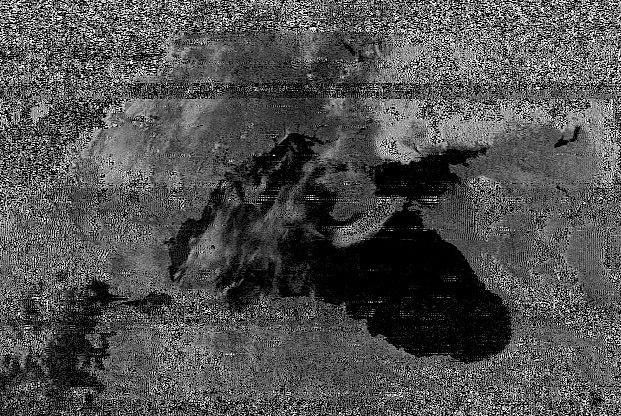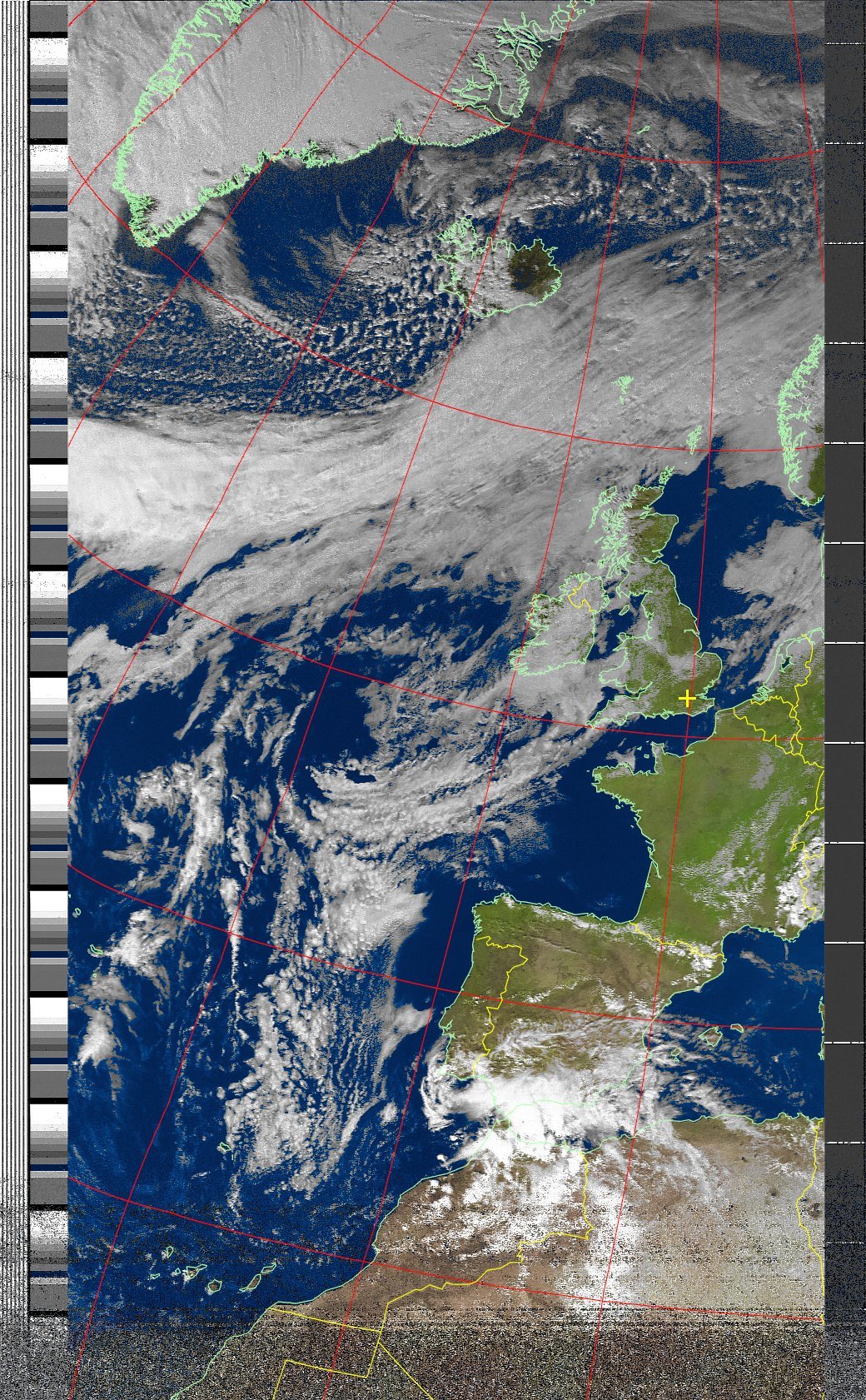We accept weather images with NOAA - easy
Dream of childhood
Once at school a portable radio came into my hands, the usual one, most often found at railway workers. From that day began the endless listening to the air. It seemed like some sort of magic, a window into another, invisible world. Basically, of course, interference, taxi drivers, railway and sea of noise. All this quickly tired. But one sound still did not give me rest. It was not always heard, but only a few times a day, at about the same time. The nature of this squeak was unknown to me. At that time I had neither the Internet, nor familiar people who could at least clarify something about the origin of this program. Only an old radio and a piece of wire in the attic instead of an antenna.
Something starts to clear up.
A little later, being already at a conscious age, I decided to return to this topic. I dug up the radio in the heap of old rubbish in the closet, made a semblance of an antenna at the desired frequency, dragged it as high as possible to the roof, and began to listen. I did not remember the exact frequency of the signal, so I had to wait for it again, switching the channels of the radio several times an hour. A week later, a miracle happened - I again heard this squeak. The signal was much more stable than it was then. The calculated antenna at about 137 MHz did its job, even though it was just a simple dipole . In addition to the squeak, sounds similar to synchronization signals became distinguishable. The sound did not appear suddenly, but gradually manifested itself from the noise, lasted for about 8-10 minutes and again fell through the noise shelf. The signal reception confidence was not constant, but changed from appearance to appearance. It was then that the thought occurred to me that this could be an artificial satellite of the Earth.
Hello NOAA
Googling showed that there may be several satellites at this frequency, mainly weather ones. Later, using satellite tracking software, it was found that these are NOAA satellites, namely NOAA-16, NOAA-18 and NOAA-19. And the most interesting is that this sound is nothing like APT (automatic picture transmission). Still, the satellites there are not just hanging out, but transmitting images to the Earth in real time. What else could be more interesting for a beginner radio amateur, if not taking pictures from orbit in real time?
')
Technical side
As it turned out, it is not so difficult to take these pictures, given that APT, as a standard for image transmission, was already invented back in 1963. In fact, this is an analog signal, just like on a TV, but much slower. It would be more correct to say that this is a kind of space fax . The image is transmitted line by line, two lines per second. The fax resolution is about 4 kilometers per pixel, which is enough only to more or less see the outlines of the continents, but this is quite enough to feel like a cool meteorologist. Taking a signal is one thing, but it still needs to be decoded, for which the free program WXtoImg appeared on the network . The signal from the satellite was received in two pieces of wire (dipole), then transmitted via cable to the walkie-talkie tuned to the NOAA transmission frequency, and then the sound through the audio cable was sent to the line input of the computer where the program was waiting for it.
First shot
The NOAA satellites have a radiometer with a very high resolution, which can form two graphics channels with a resolution of 1 km / pixel. However, before sending the image to Earth, the image resolution is reduced to 4 km / pixel and smoothed out. A single image - typically transmits the far infrared range (thermal image, 10.8 microns). The second, depending on the sun's illumination of the Earth, can be switched between the near IR (0.86 micron) and the average IR (3.75 micron). It so happened that the frequency of the deviation of the radio did not allow to take two images. Yes, and the sensitivity did not allow purely decode the image. However, when I heard the signal, I immediately began to receive it. The program jumped levels, she identified the sync pulses and began to build an image. At first, apart from the noise, I could not see anything. But the further the image was built, the more details could be distinguished. From the outline of the sea, I did not understand anything. Then the wife says: "Up with their feet!". It was decided to turn the image directly into "Paint". “Yes, this is Krymnash!”, I exclaimed when I saw the result.

There is where to grow
To improve the quality of the pictures, I had to make some changes in the "iron". The antenna was the first problem, the quadrifile was the best option. As part of the receiver, it was decided to purchase the RTL SDR receiver , which also has a lot of articles on Habré. If everything is properly set up , then the picture comes out just incredibly beautiful:

You are not alone
It was also nice to know that there are many communities of radio amateurs on the Internet who were also hooked on this topic, for example: "Pictures of the Earth with NOAA + RTL SDR" .
Source: https://habr.com/ru/post/322064/
All Articles